Bespokeword – why is so much rubber rubbish?
Every off road rider I know is absolutely obsessed with tires, so why is most of the rubber that comes out rubbish?
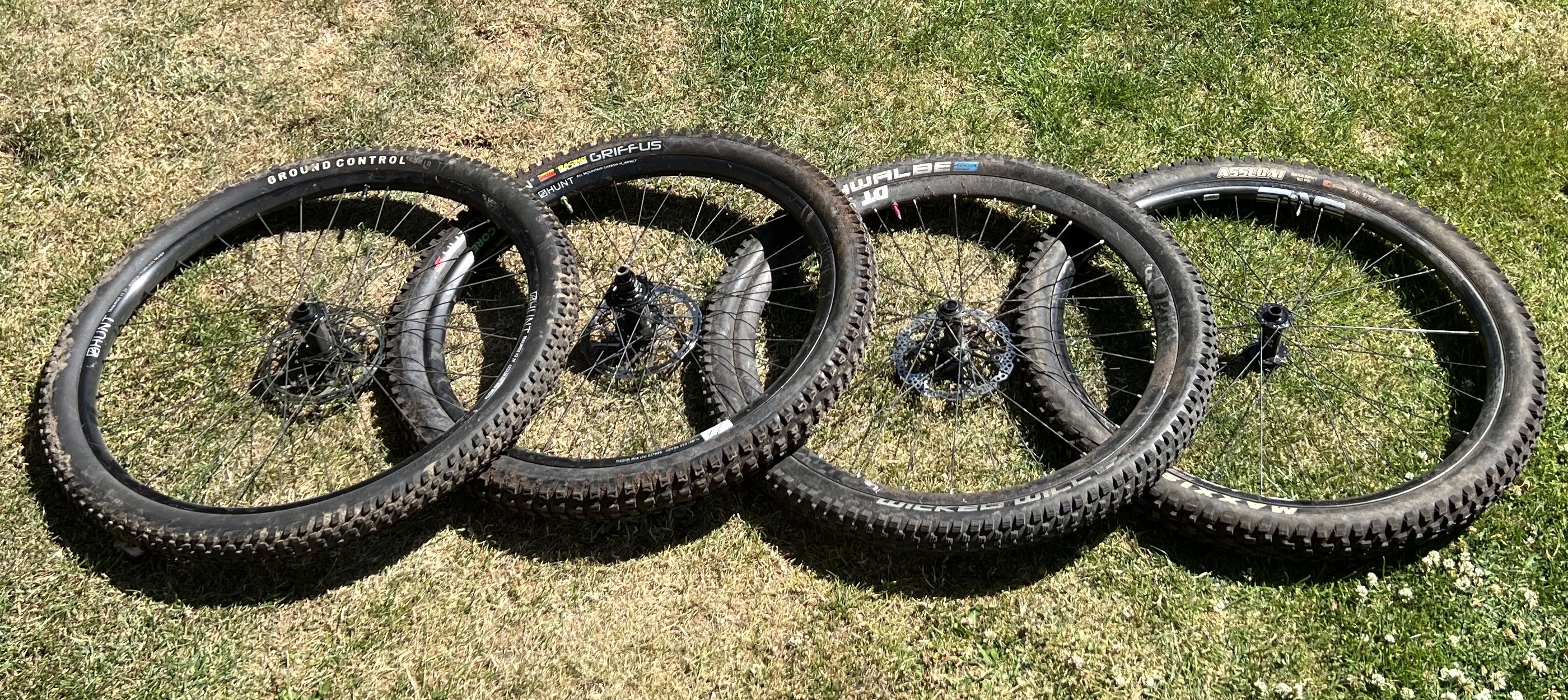
That might seem like a deliberately controversial, click bait approach but TBH it was only while I was sat on the throne this morning (the normal, appropriate start point for Wednesday Words) that the epiphany hit me like a surprise splash back enema. While it seems that there’s a new wonder tire out every week, the number we’d actually want to use ourselves is tiny.
It doesn’t add up
Go on any mountain bike or gravel forum and there will always be a thread talking about tire choice. It will almost certainly be the busiest and most heated too. Our ‘best MTB tires’ guides are among our most popular too. Now think about how many tire manufacturers there are, and how many models, sub tires and sizes they each make. Now think a bit harder and remember all the other brands you forget about like Hutchinson, Vee, Vredestein, Wolfpack, E13, Bontrager, CST or the relatively new ones like Teravail, Goodyear, Pirelli etc. If you throw the loop out from the fat road tire end of gravel to ultra heavyweight bike park rental specials, we’re talking about thousands and thousands of potential options. Even if you focus on one tiny segment you’re probably looking at scores, if not hundreds of contenders, once you’ve included every rubber recipe and obscure size.
Now think about how many tires you’d actually choose to use yourself. It’s probably a handful right? So however hysterical you want to get about hysteresis, precious about pressure or condescending about compound, the arithmetic is clear. Most tires must be rubbish.
So why do major motorsport brands regularly making a pigs ear of sticking your pedal cycle to the dirt? Why do brands that had the market sewn up suddenly introduce a new naming strategy and simultaneously stick our favorite tires in the bin? Why are tire manufacturers always so far behind the curve of the trails and bikes we’re riding? Why do we still attach so much hope of skill salvation to a seventy quid hoop of skin wall fashion that we might destroy within a minute of the first ride. And perhaps most importantly what’s the answer?
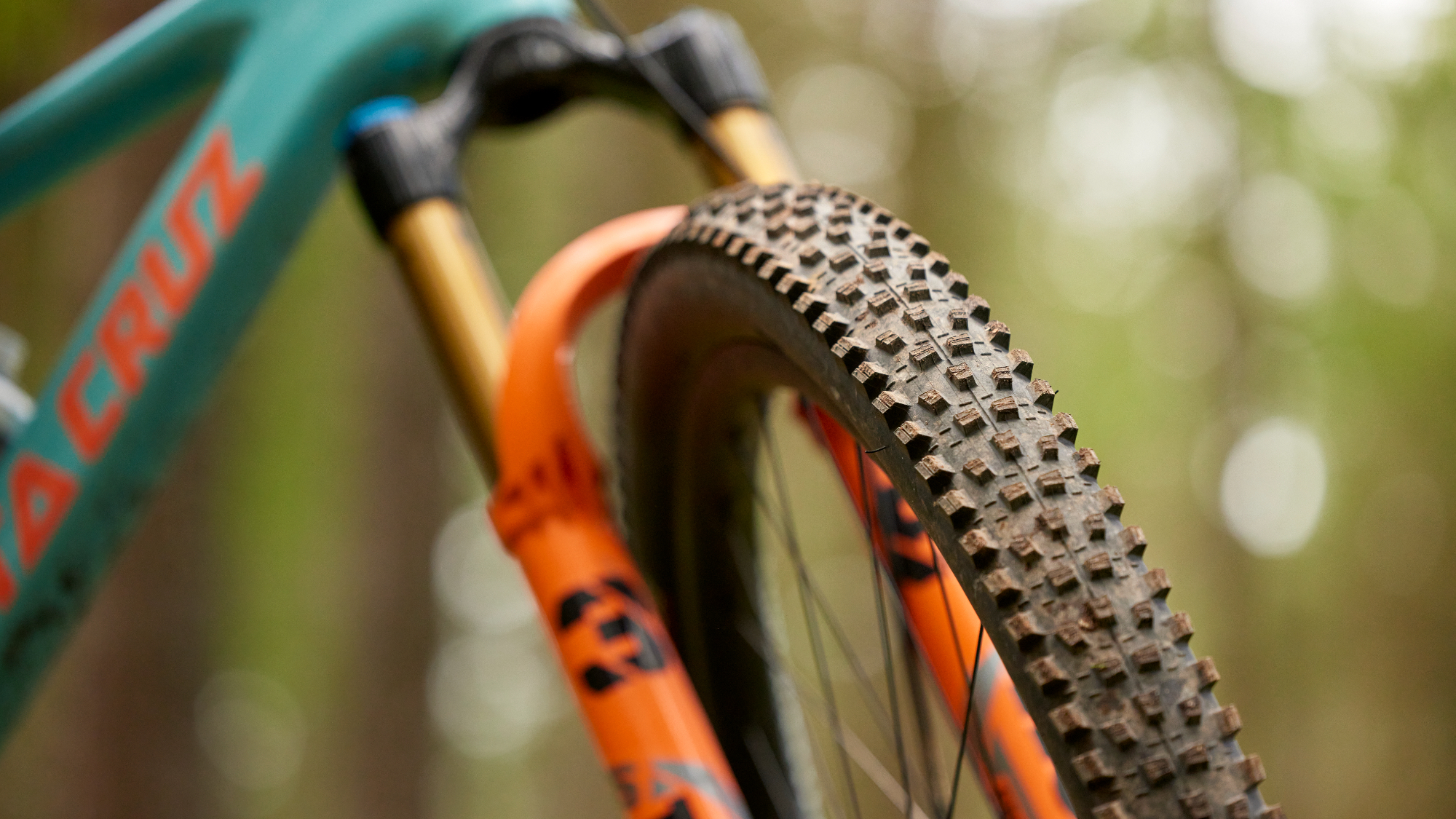
Latest Launches
I don’t know anything more about how the latest Maxxis Forekaster will ride than you do, because all anyone has seen is pictures. Given its a Maxxis MTB tire though the compound will probably be well judged and the carcass the right compromise of weight and toughness. After all it’s been a while since they nearly killed me with the dreadful Tomahawk. My once solo championing of the Dissector as ‘fast on the back, but not on the front for god’s sake’ seems to be being picked up by more manufacturers as OEM spec now too. The original Forekaster was actually really good considering how sketchy the tread looks and depending on how you ride, and Maxxis’ Assegai, DHR, DHF, Rekon and Ardent Race will almost certainly be in your handful of ‘tires you’d happily use. The new Pirelli tires have apparently been adjusted so that they grip for days and last for months, rather than lasting for years and leaving you on the floor in a daze if you try and turn on them in the damp. Goodyear’s second coming seems less intent on crucifying people too and Specialized are definitely back on form with their latest rubber line up, especially now they’ve slashed the prices in the UK.
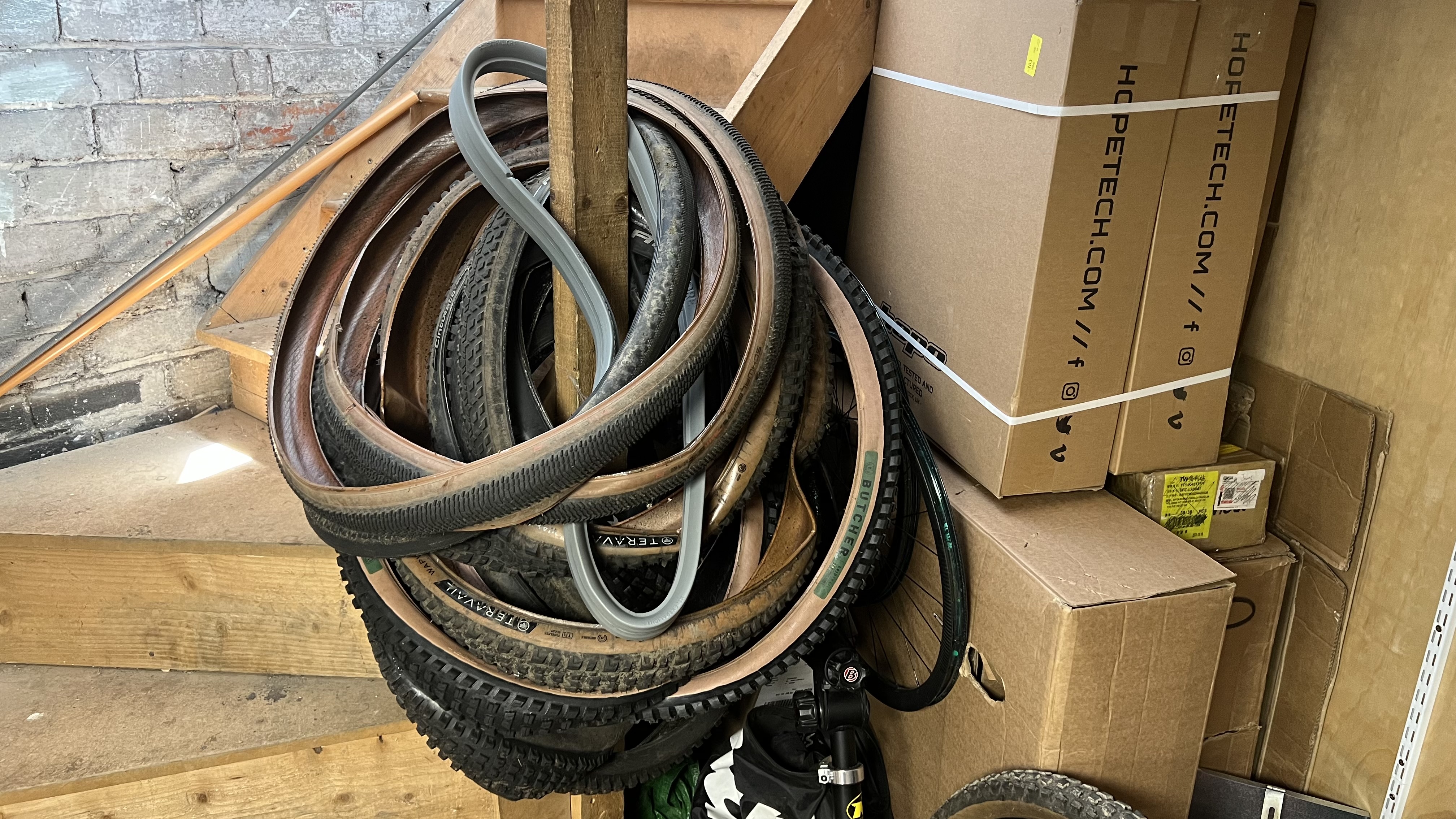
Engine ego
The first generation of Pirelli MTB tyres weren’t just too plasticky for anywhere that doesn’t have cactus instead of trees. They also had a carcass that transmitted so much energy through them that while they were crazy fast, they’d fire bottles out of a high pivot boulder swallower if you rode off a curb wrong and smash through shock travel like a sledgehammer. Goodyear’s first recent attempt didn’t go down well and while some people - I’m suspecting nostalgia for the DH22 and DH24 glory days - enjoy Michelin’s, I know I’m not alone in the ‘Meh’chelin camp.
Most of these fails can be put down to what I term ‘engine ego’ where motorsport brands assume that what works on a racetrack with internal combustion torque will transfer to a trail with a hyperventilating to get close to a single horsepower meat motor. After all, the early days of Ohlins suspension and others prove that auto arrogance is a definite thing.
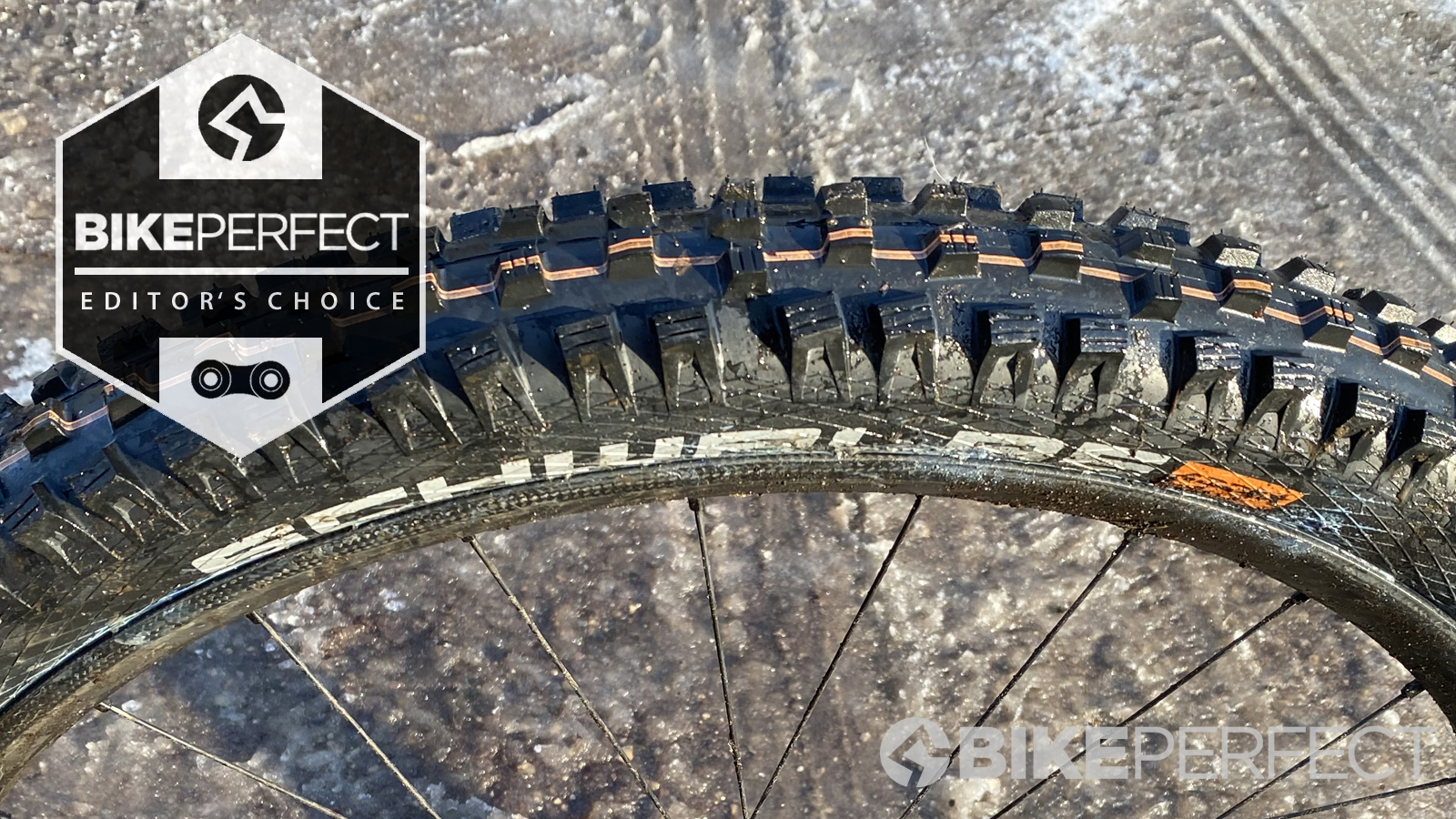
Breaking what was fixed
But what about the MTB brands that get it so wrong? Specialized rolled along for years as the ‘not bad for the money’ option but even their own tire design team admitted that the previous generation had a ‘very narrow pressure bandwidth of acceptable performance’ last time I talked to them. In fact they teamed up with a Dutch compounding specialist and a fresh tire factory (remember IRC from back in the day?) to get the new T series tires right. But what about the huge hole left in the sweet spot mid range that Schwalbe made when they moved to their ‘Super’ family. Trail tyres that weighed the best part of 1200g and no more mid-weight soft compound Magic Mary? THE most favoritest tyre of everyone who hadn’t got fat, bought an e-bike or cased every jump they looked at? Yeah Nobby Nic got a bit better and Hans Dampf is less crap than you think, but that’s like saying have you listened to the last Artic Monkey’s album when everyone knows they vanished up their own arses when they started hanging out with luvvies in London. Remember when Bontrager were the best tires ever and then they changed manufacturer? Why has is taken so long for WTB to finally make a Goldilocks carcass between budget bog roll Light and reinforced concrete Tough and why have Teravail fallen into the same binary trap. I mean those ‘supple’ brown walls look so pretty but they’d flat slower on my local Stainburn trails if you left the valve core out entirely.
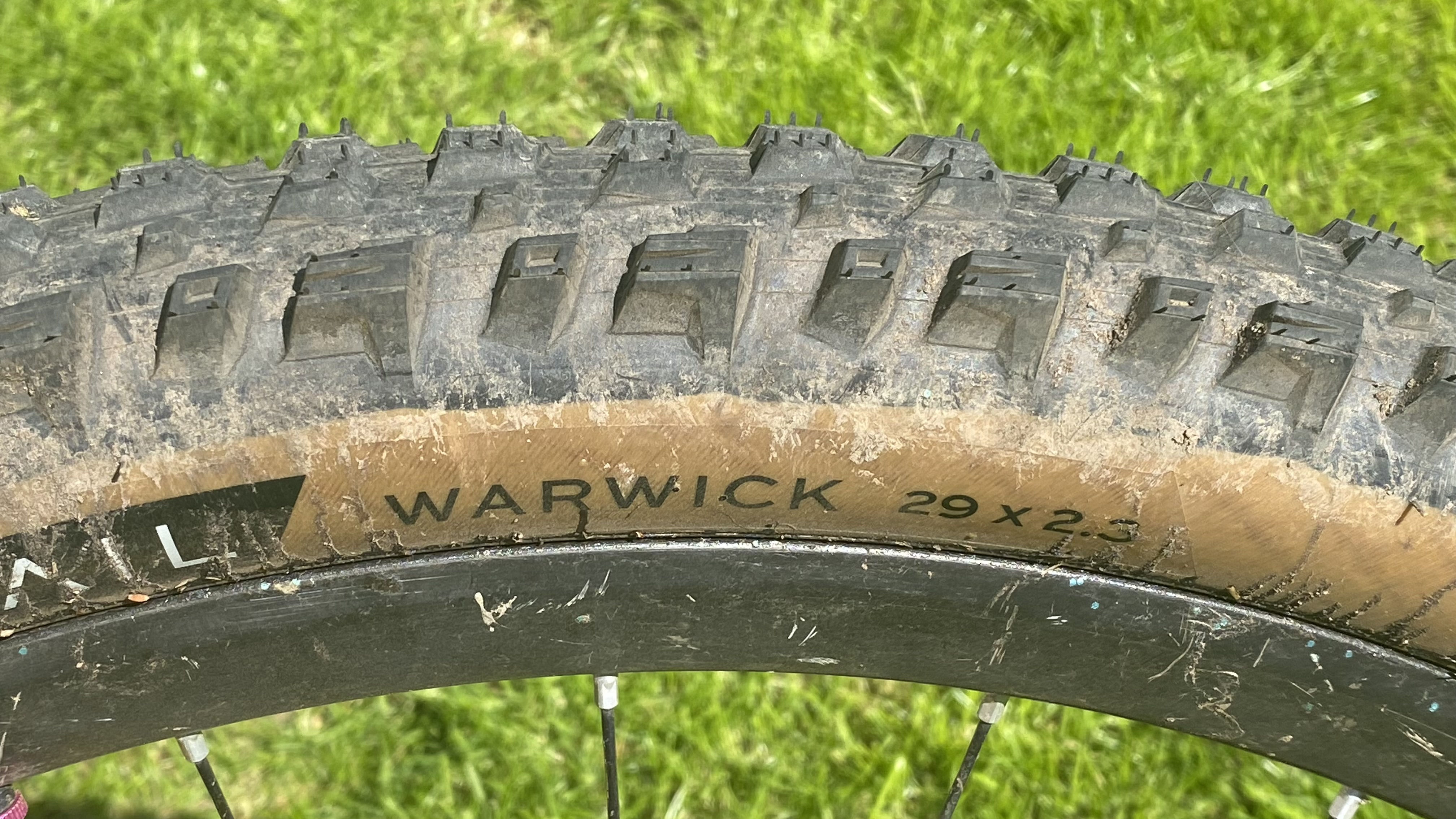
Why can’t tire manufactures measure accurately?
Speaking of Teravail they’re also one of the many brands who seem to be unable to use a tape measure or calipers. The last 2.3in tire I tested from them measured 2.1in. Schwalbe 2.25s used to blow up to 2.5in, You could take your pick of 2.8in tires that actually inflated to 2.4in at one point too. I mean I guess we shouldn’t be surprised when they haven’t even decided whether mid sized tires are called 27.5in or 650B which is probably while they’re trying to kill them off as fast as possible. And that’s before we even start talking about the fact it’s taken them about twenty years to get to the point where most of them are a reliable rather than thumb breaking or fart off every turn fit on tubeless rims. And don’t come at me with UST or ETRTO standards, who cares if a man in a lab says it’s right if you can’t get it onto or off a rim without a crowbar?

Behind the times
And why are tire manufacturers always so far behind the ball. I mean it’s lovely that Maxxis have finally come out with a ‘downcountry tire’ but hello, how long have fast, light 29er trail bikes been a thing? And was it only because Nino had multiple punctures nearly every day at the Cape Epic on your tires that you maybe thought it was time to make something a bit tougher, but still had a three figure not four figure weight? And don’t you be looking smug either Schwalbe, Wicked Will only just appeared recently despite you being the go-to for XC race tires since forever. And how many new rubber ranges have popped up recently where a fast 29 x 2.4in is only grudgingly offered in some versions, despite that being the default size for World Cup XCO now.
Remember plus tires? So promising, so plush, so much fun, and way faster in reality than people realized. Killed as a concept by tire manufacturers only producing super fragile featherweight nonsense that it was easier to tin opener the sidewall off the rim to remove than trying to peel the tire off. Even 29ers took an age to get rubber that was up to anything more than a lightly dusted cycle path. Ten years after Gary Fisher personally paid for tire moulds for his first wagon wheeler bikes I had to race Ae forest Enduro on Maxxis Ardent in 2010 because that was the toothiest thing available - so no wonder this happened.
And why do things like tubeless tech, reliable carcasses etc. take so long to get sorted out? I mean it’s nearly 125 years since Dunlop made his first pneumatic bike tires and we’re still relying on foam tire inserts to get us down a DH or Enduro race track? Sure you can get upgrade cartridges to stick in forks if you’re really fancy but it was 1995 when sticking an Englund in your RockShox Indy was pretty much an essential and RockShox only started in 1989.
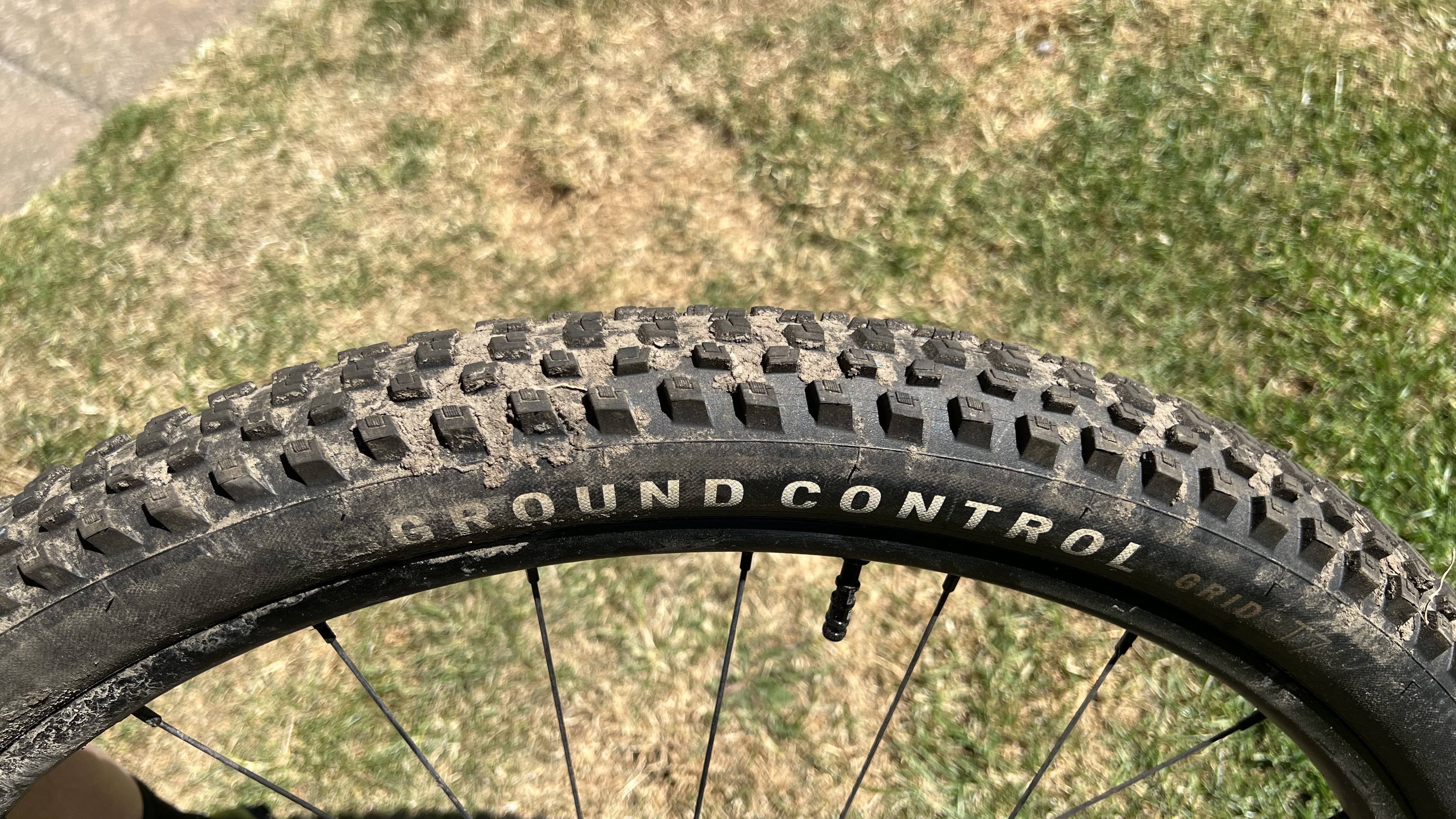
Horses for courses
And yes I get that here in the UK we’re a tiny island and that tires that are great here would be a fast wearing, mostly melted disaster in the majority of the world. In fact I remember the Continental tire team telling Bike Perfect contributor Paul Burwell exactly that when he asked about mud tires just after they’d signed the Athertons. But in case you haven’t noticed, while we’re starting to have years with more than one day that has dusty trails, going by recent race footage the rest of the globe seems to be starting to get a lot soggier more of the time. Plus, what’s really noticeable is that the few tires that we rave about tend to be the ones that are being used almost universally on those same race tracks. Often with blacked out logos so as not to embarrass official sponsors.
And I’m sure that wherever you ride, the pocket of tires that work for you will be pretty shallow, which is ridiculous considering how ‘global’ most bikes and components are in their appeal.
I also realize that there are a lot of loyalty or treachery issues attached to different tires and brands by riders. That’s probably because when tires let you down they do so in a painful way that triggers a very natural ‘once bitten, twice shy’ response which is why it’s probably been a while since anyone in the UK has bought a Continental MTB tire even thought the last gen. were pretty sorted.
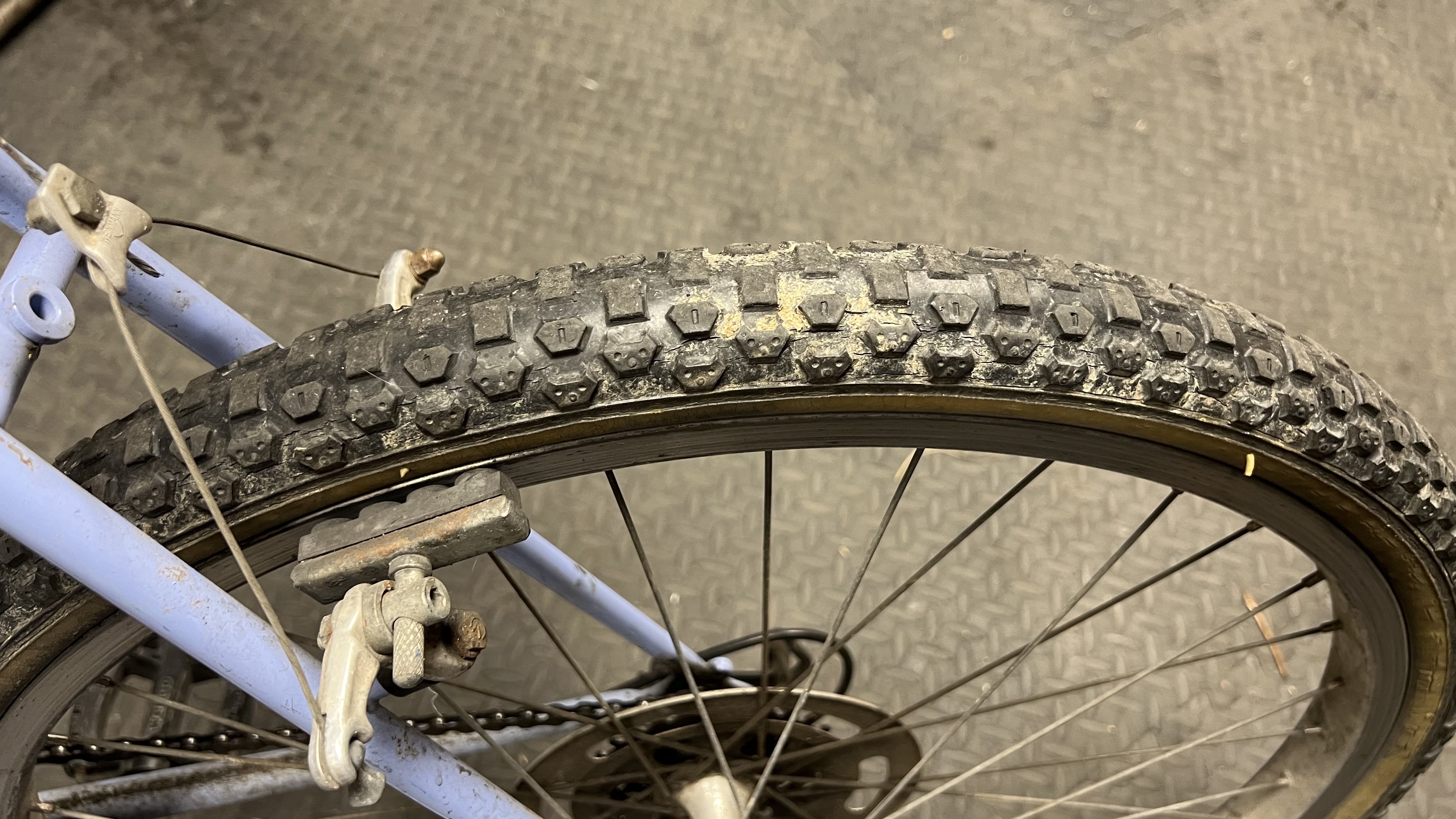
Run what you brung
So after going on an even longer rant than most ‘what tire’ forum threads, what’s the answer? Especially when the few tires we actually seem to want are so rare and hard to track down these days. Well it’s simple really, suck up all your compound complaints, diaper wetting over damping characteristics and worrying about widths and casing types. Just use whatever tires you have to the best of their ability. In truth they’re probably not that bad, we’ve just become total princesses who are convinced we can tell the brand and freshness of the pea from twelve mattresses deep. Swap them end to end as they wear, run them backwards if you want (that used to work great with Schwalbe), run them softer if they’re stiff, harder if they’re fragile and if you really want to feel pro, cut them into fun shapes if you have to. Or at a basic level, maybe just check the tire pressure yourself, rather than assuming the shop set it right and it hasn’t leaked at all since you dropped 8k on it at the local shop and pedaled off rimming out on every root.
But above all, as I found out recently when a Maxxis gravel tire started blowing off my front rim with 80 miles left to ride (remember that * from earlier, that’s because I’ve never rated Maxxis gravel or especially road tires) whatever tire you can find is far better than no tire at all. So when the next person asks me what the best gravel tire is, I will confidently tell them it’s a second hand steel bead, non tubeless Sri Lankan made DSI from Daryl at Burnham Cycles.

Guy Kesteven has been working on Bike Perfect since its launch in 2019. He started writing and testing for bike mags in 1996. Since then he’s written several million words about several thousand test bikes and a ridiculous amount of riding gear. He’s also penned a handful of bike-related books and he reviews MTBs over on YouTube.
Current rides: Cervelo ZFS-5, Specialized Chisel, custom Nicolai enduro tandem, Landescape/Swallow custom gravel tandem
Height: 180cm
Weight: 69kg
